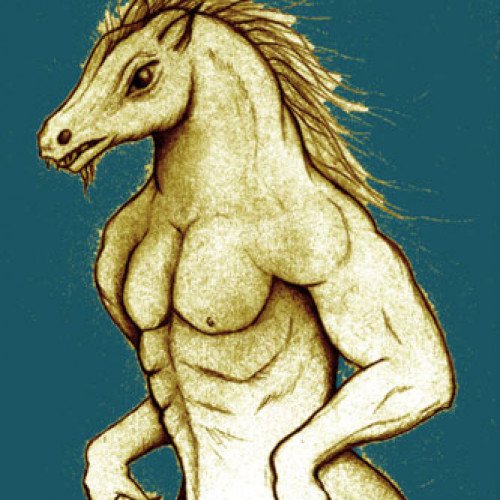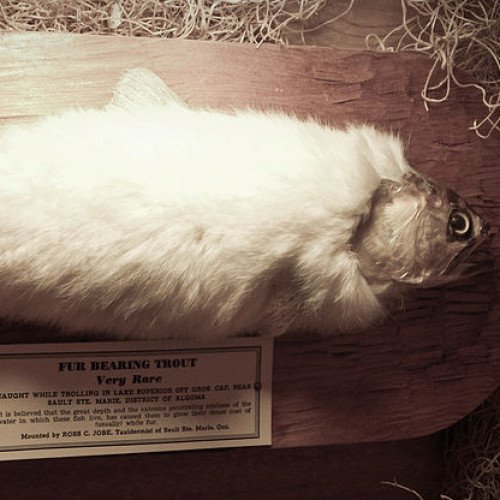Each-uisge vs Fur-bearing trout

Each-uisge
The each-uisge (Scottish Gaelic: [ɛxˈɯʃkʲə], literally "water horse") is a water spirit in Scottish folklore, known as the each-uisce (anglicized as aughisky or ech-ushkya) in Ireland and cabyll-ushtey on the Isle of Man. It usually takes the form of a horse, and is similar to the kelpie but far more vicious.
Statistics for this Xoptio

Fur-bearing trout
The fur-bearing trout (or furry trout) is a legendary creature purportedly found in North America and Iceland. According to tales, the trout has created a thick coat of fur to maintain its body heat. Tales of furry fish date to the 17th-century and later the "shaggy trout" of Iceland. The earliest known American publication dates from a 1929 Montana Wildlife magazine article by J.H. Hicken. A taxidermy furry trout produced by Ross C. Jobe is a specimen at the Royal Museum of Scotland; it is a trout with white rabbit fur "ingeniously" attached. There are no known examples of any fur-bearing trout species, but two examples of hair-like growths on fish are known. The "cotton mold", Saprolegnia, can infect fish, which can result in the appearance of fish covered in the white "fur". A real fish, Mirapinna esau, has hairlike outgrowth and sports wing-like pectoral fins.